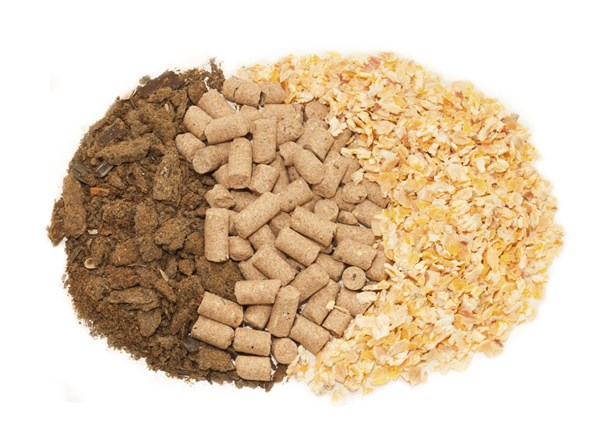 Credit: Thinkstock The only dependable method to test for food allergy is to completely remove the suspected food allergen from the horse’s diet for 4-8 weeks and observe for a decrease in itching, hives or other clinical signs.
Credit: Thinkstock The only dependable method to test for food allergy is to completely remove the suspected food allergen from the horse’s diet for 4-8 weeks and observe for a decrease in itching, hives or other clinical signs.Many researchers and veterinarians remain skeptical of blood testing to detect food allergies in horses. One problem: lower concentrations of antibodies responsible for allergic reactions are found in blood than in tissues that respond to allergens. Because of this, false positives and cross reactions with related antigens occur frequently.
In a well-designed study, researchers investigated the repeatability of a commercially available equine serum allergy test and the response of horses challenged with food allergens.
Researchers collected and submitted serum from 17 healthy Shetland ponies to a commercial laboratory for allergen testing on two occasions.
From the first blood collection, 35% (6/17) of the ponies were identified as positive for food allergy antibodies. Positive reactions included alfalfa, corn, oats, rye, soy and sugar beet. From the second blood collection, 35% of the ponies were once more identified as positive for food allergy antibodies. However, only three of the same ponies had a positive reaction to at least one food allergen, and none of these ponies reacted to all of the same antigens that they did in the first test. Positive reactions on the second test included molasses, rye, soy and wheat.
One pony had a positive reaction against rye on both tests, but its reactions to other antigens were different between the two tests.
Ponies were then challenged by feeding the feedstuffs that were identified as positive on their allergy tests for 14 days. No ponies showed any clinical signs of allergic reaction or changes in blood inflammatory markers when challenged with their suspected feed allergens.
The only dependable method to test for food allergy is to completely remove the suspected food allergen from the horse’s diet for 4-8 weeks and observe for a decrease in itching, hives or other clinical signs.
If there is not a suspected food allergen, a practical way to begin a food trial is to begin by removing concentrates (grain or pellets) and all supplements from the horse’s diet. Ideally, if the horse responds well and signs of allergy resolve, then the suspected allergen is fed again to see if clinical signs return. However, few owners are willing to challenge the horse, especially if it has improved with dietary change.
Serum allergy testing cannot be relied upon to diagnose food allergy and can be expected to provide confusing results.
Dupont, S., A. De Spiegeleer, D.J. X. Liu, L. Lefere, D.A. van Doorn, and M. Hesta. 2014. A commercially available immunoglobulin E-based test for food allergy gives inconsistent results in healthy ponies. Equine Veterinary Journal, doi: 10.1111/evj.12369 (Epub ahead of print).
Article written by Bryan Waldridge, DVM, MS, DACVIM, and courtesy of Kentucky Equine Research. Visit equinews.com/newsletters to subscribe to The Weekly Feed, KER’s award-winning equine nutrition newsletter.


